5 Common Mistakes in Installing Steam Traps That Factories Often Encounter
5 Common Mistakes in Installing Steam Traps That Factories Often Encounter
In industrial steam systems, the steam trap is a critical device that removes condensate and air while retaining live steam to maximize operational efficiency. However, many factories still experience steam loss, energy waste, or equipment damage due to improper installation of steam traps.
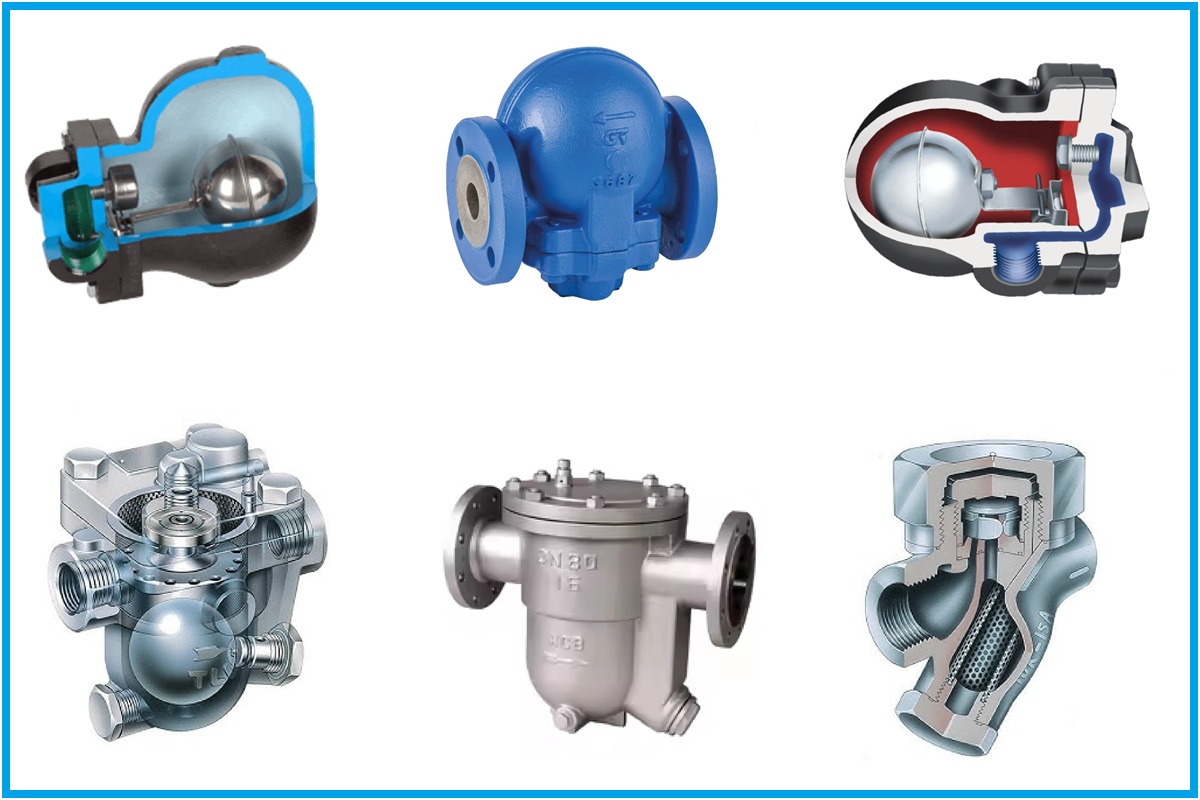
Here are the 5 most common mistakes that plant engineers and operators should avoid:
1. Choosing the Wrong Type of Steam Trap for the Application
Many factories select steam traps based on habit or by copying other systems, without considering actual factors such as flow rate, pressure, temperature, and the type of equipment using steam (e.g., heating, drying, heat exchangers).
Example mistake:
-
Using a float trap for a main steam line – not suitable because float traps cannot handle high condensate loads and pressure.
Recommendation:
-
Conduct a thorough system survey and select the correct trap: float, thermodynamic, inverted bucket, disc trap, etc., depending on the application.

2. Incorrect Installation Direction and Location
Steam traps are designed with a specific flow direction, but in reality, many factories install them backward or in improper positions. This causes the trap to malfunction or fail prematurely.
Signs of improper installation:
-
Trap does not discharge condensate, water accumulates, and abnormal pressure differences occur.
Recommendation:
-
Install traps in the correct flow direction and elevation.
-
Position them at the lowest point where condensate naturally collects.
3. Not Installing Accessories Such as Strainers and Bypass Valves
Some factories try to cut costs by skipping the installation of strainers, bypass valves, or isolation valves.
Consequences:
-
Dirt and debris clog the trap, preventing condensate discharge and reducing lifespan.
-
Maintenance becomes difficult, requiring a full system shutdown for replacement.
Recommendation:
-
Always install a strainer before the trap.
-
Install bypass and isolation valves for easy inspection and maintenance.
4. Using Too Few Traps or Grouping Multiple Condensate Points Into One Trap
Some technicians combine multiple condensate discharge points into one trap to save costs, leading to overload and ineffective condensate removal.
Consequences:
-
Water accumulation inside equipment causes rust, corrosion, and even water hammer risks.
Recommendation:
-
Install sufficient traps in appropriate locations.
-
Do not group multiple discharge points into a single trap unless carefully engineered.
5. No Regular Inspection and Replacement of Failed Steam Traps
Over time, steam traps can wear out, get stuck, or leak. Without inspection, live steam may continuously escape unnoticed.
Estimated losses:
-
A single failed trap can waste 10–50 kg of steam per hour, costing hundreds of millions VND per year.
Recommendation:
-
Plan routine inspections every 3–6 months.
-
Use inspection tools such as ultrasonic detectors or thermal sensors.
-
Replace faulty traps immediately to save energy.
Conclusion
Although small, steam traps play a major role in the efficiency and safety of a factory’s steam system. Incorrect selection, poor installation, or lack of maintenance can cause serious financial losses and safety risks.
👉 If you need free consultation on steam trap installation, inspection, or system optimization, please contact us.
Steam Trap Consultant & Supplier for Steam Systems – Phuc Minh
Phuc Minh Engineering Co., Ltd. specializes in supplying industrial valves and steam traps for steam systems and boilers in Vietnam. We are committed to:
-
Genuine products with full CO-CQ certification
-
Optimized solutions tailored for each factory
-
On-site technical support from experienced engineers
-
Fast delivery and competitive pricing
👉 Learn more about our products at: www.pm-e.vn
📍 Contact Information:
Phuc Minh Engineering Co., Ltd.
Address: 92/38, Street No. 12, Quarter 18, Binh Hung Hoa Ward, Ho Chi Minh City
Tel: +84 28 3535 2125 – Fax: +84 28 3535 0254
📲 Quotation via Zalo: 0902.720.814
📲 Technical support via Zalo: 0907.450.506
📧 Email: info@pm-e.vn
Related News
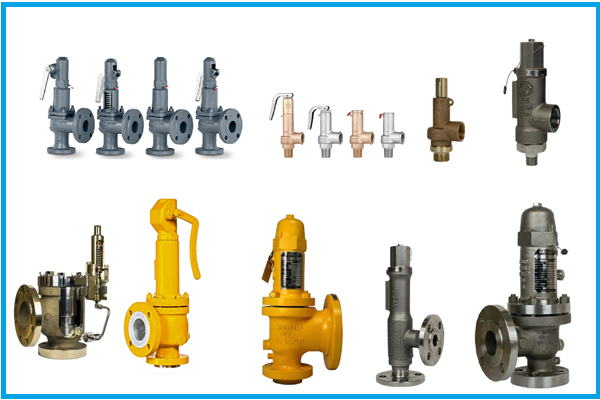
Benefits and uses of safety valves
05/11/2025
Safety valves are essential devices in industrial systems, designed to protect equipment and ensure operator safety. Below is a detailed analysis of the benefits and applications of safety valves.
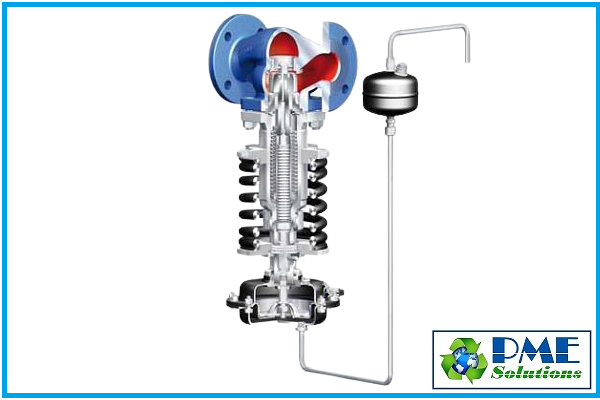
Benefits, Functions, and Applications of Pressure Reducing Valves
05/11/2025
Pressure reducing valves, also known as pressure regulating valves, are critical devices in industrial piping systems that help control and maintain safe pressure levels, protecting equipment from damage due to overpressure. Below is a detailed analysis of the benefits, functions, and applications of pressure reducing valves.
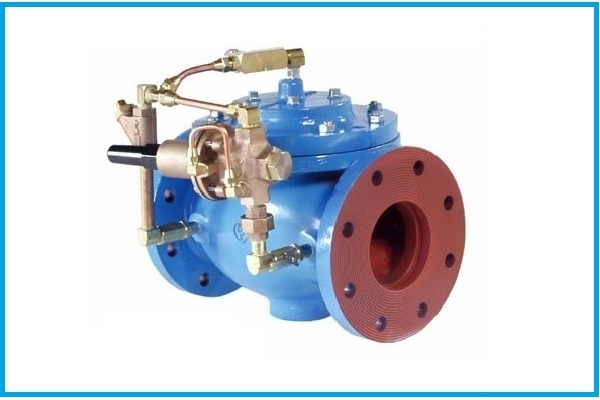
What is a pressure reducing valve? Structure, Operating Principle, Adjustment and Classification of Pressure Reducing Valves.
05/11/2025
Pressure Reducing Valve is also known as pressure regulator, pressure stabilizer, pressure regulating valve, etc. It is a type of industrial valve installed on the pipeline, with the function of reducing pressure and stabilizing output pressure, so that the output pressure is always smaller than the input pressure of the system, helping fluids to be easily transmitted to different devices. but the pressure is not too different.
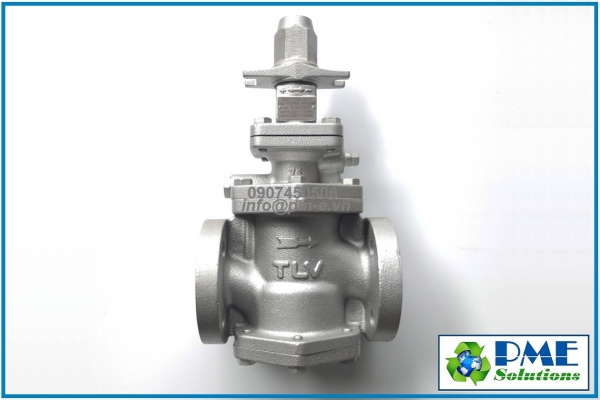
Overview Of Pressure Reducing Valve (Prv)
05/11/2025
A Pressure Reducing Valve (PRV) is a device used to regulate and maintain a constant downstream pressure by reducing high inlet pressure to a safe and stable level. It plays an essential role in protecting piping systems, equipment, and ensuring operational safety from overpressure. PRVs are widely applied in: Steam systems Compressed air systems Water distribution systems Hydraulic and industrial process systems
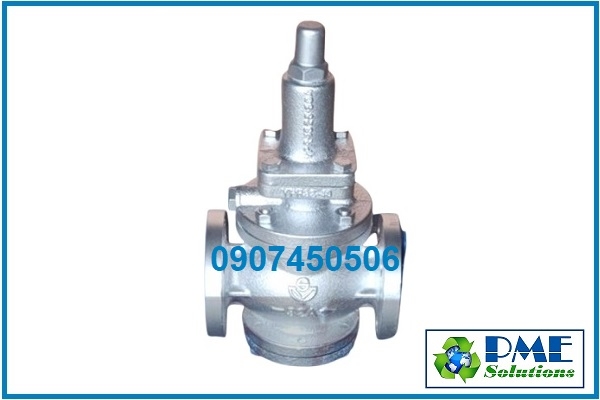
WORKING PRINCIPLE OF SAMYANG PRESSURE REDUCING VALVE
05/11/2025
Samyang pressure reducing valve is an automatic pressure control device widely used in steam, air, water, and hydraulic systems. Manufactured in Korea, Samyang valves are designed to stabilize outlet pressure, protect equipment, and extend the lifespan of piping systems.









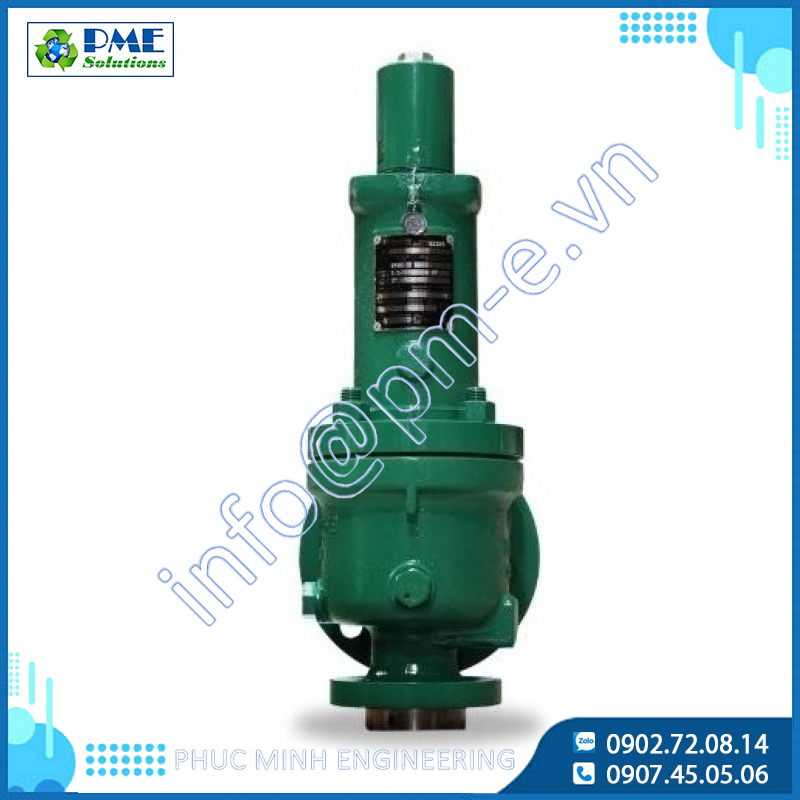
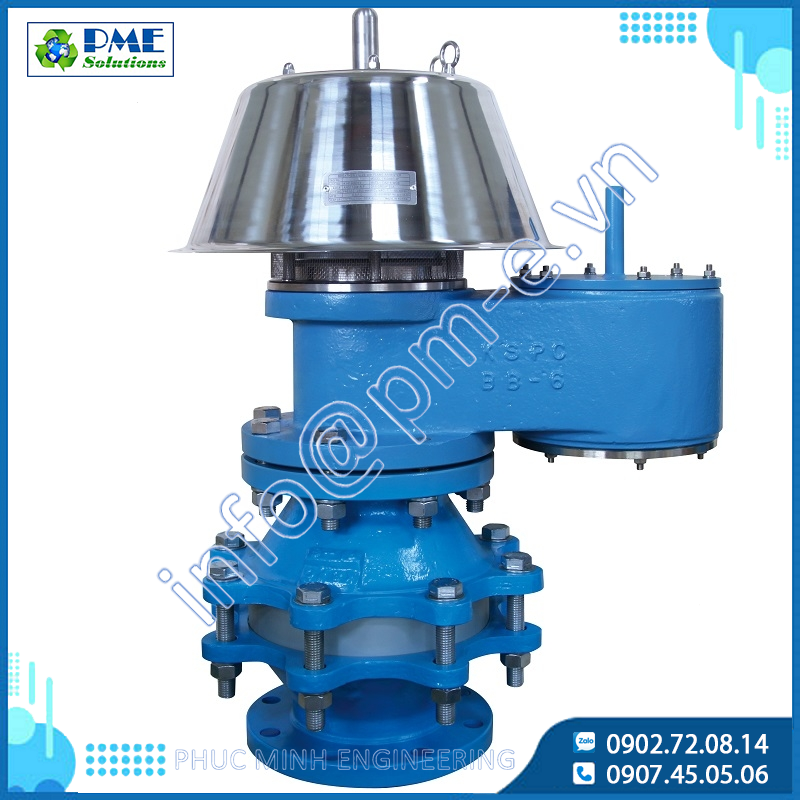
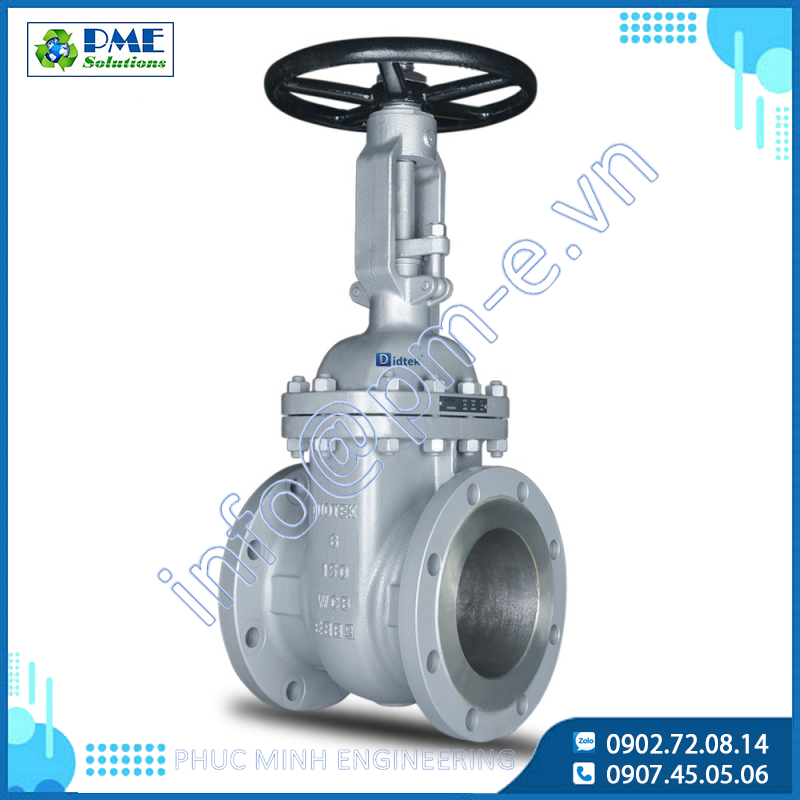




.png)






